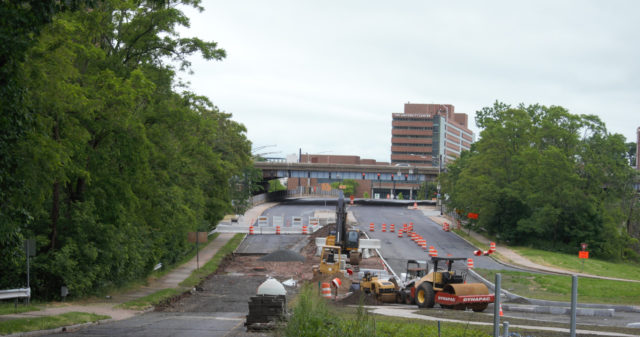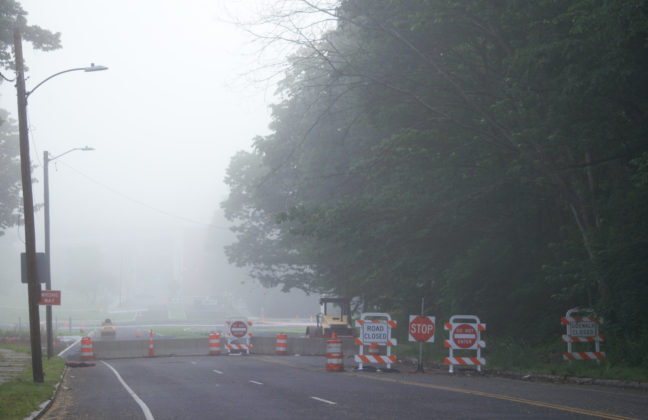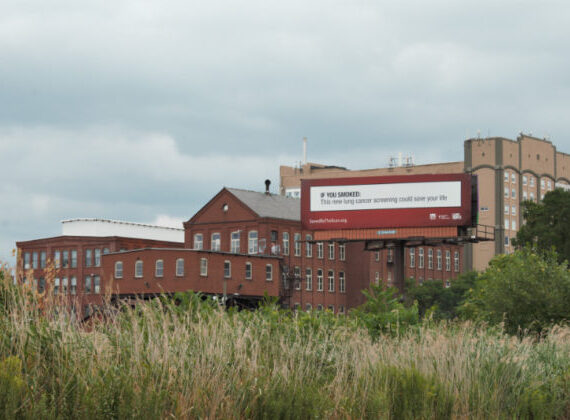If you’re in desperate need of entertainment, stand on the Sigourney Street bridge by the stairwell and watch motorists act perplexed to find Park Terrace closed, despite having just driven by multiple signs announcing exactly this, which perhaps they assumed applied to everyone else. You will see people drive over the median, go the wrong way down the ramp that connects Park Terrace to Sigourney Street, and attempt a u-turn at the same time as another driver, who also is not checking mirrors to see if anyone else is around them. Note how the bright orange “detour” signs are invisible to a few motorists every light cycle, and store that information for when some well-meaning person suggests pedestrians and cyclists wear bright colors so that we are noticed by drivers.
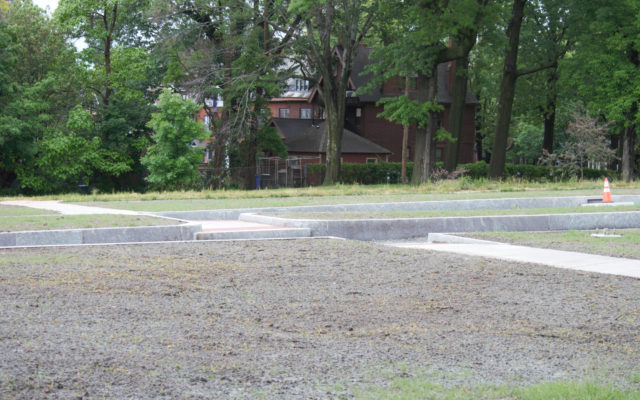
One of the merits of this project, besides the added safety that comes with reducing width of streets — narrower roadways inspire slower driving — is that some of the land that was robbed from Pope Park is being returned. In the photo above, you can see a sliver added to Pope Park North on Russ Street.
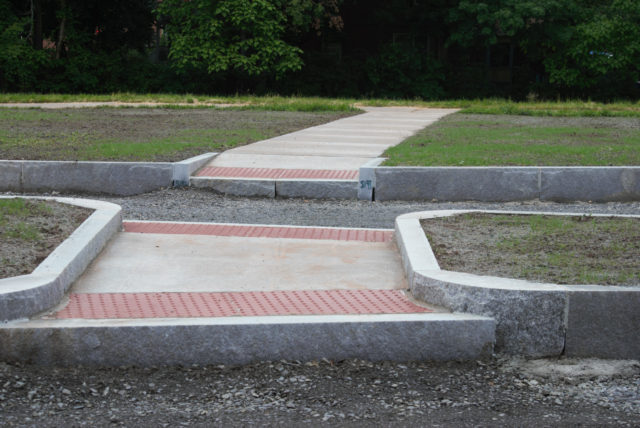
The sidewalks are looking to be more accessible, assuming the pavement aligns and these do not remain steps. One of the issues in the Park Terrace/Sigourney Street/Russ Street area has been how difficult it is for many pedestrians to use, whether they are in wheelchairs, pushing strollers, or using grocery carts. There was only a narrow median where the road was hardest to cross, and there was no exclusive pedestrian phase, which meant that unless you could sprint, you would get stuck on that island, standing in broken glass and debris from car crashes.
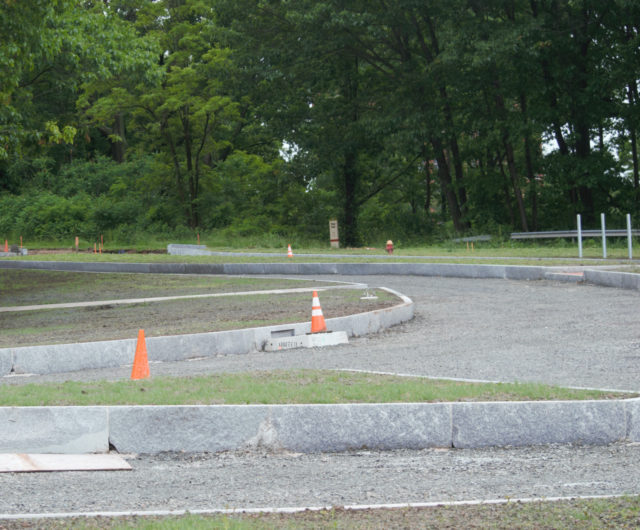
It’s hard to tell exactly what the finished project will look like, and it gets tiring explaining over and over again why such changes are needed. What’s hopeful in this is that finally we are seeing a shift in values. Instead of prioritizing speed, we are seeing what it looks like when human lives are treated with more care, more respect.
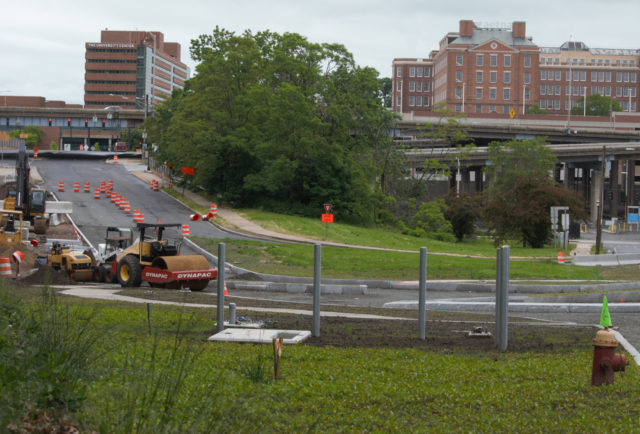
Without dwelling on past mistakes, it’s worth thinking about and evaluating them. What kind of culture permitted motorists to use cars at high speeds on streets right next to a park, elementary school, and homes?
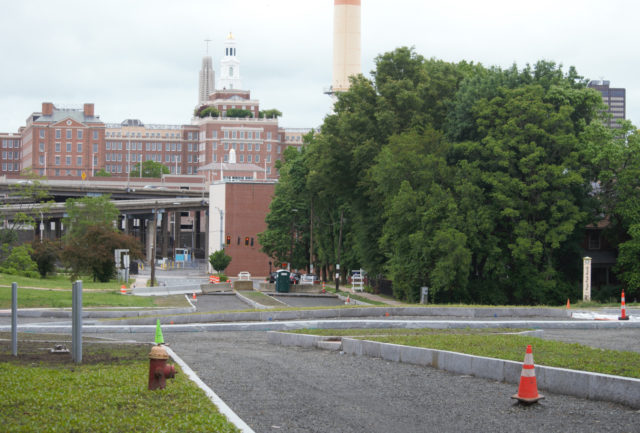
How do we ensure that decisionmakers don’t make these types of mistakes again? How do we undo more of these errors at a faster rate?
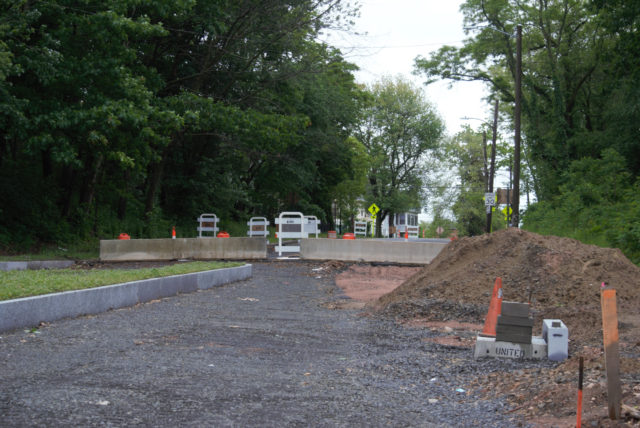
In the meantime, residents on streets surrounding this project are enjoying the quiet that comes from not hearing a constant stream of vehicles going ~45MPH. If the project is done well, the roads will be narrow enough that such a rate of speed will be difficult to achieve. Imagine that — people driving at a reasonable speed through a school zone!
